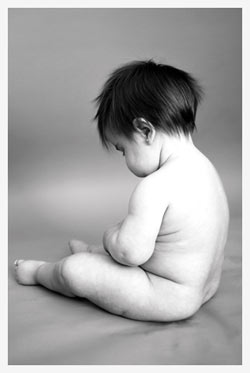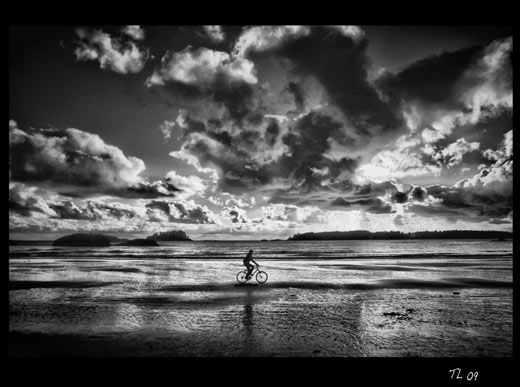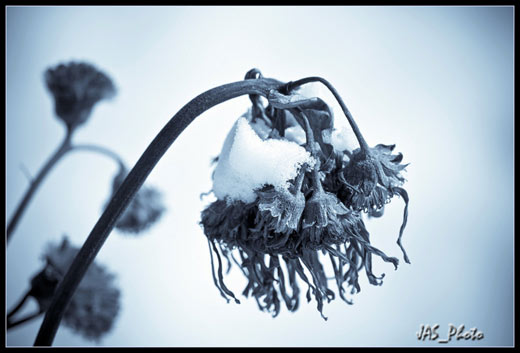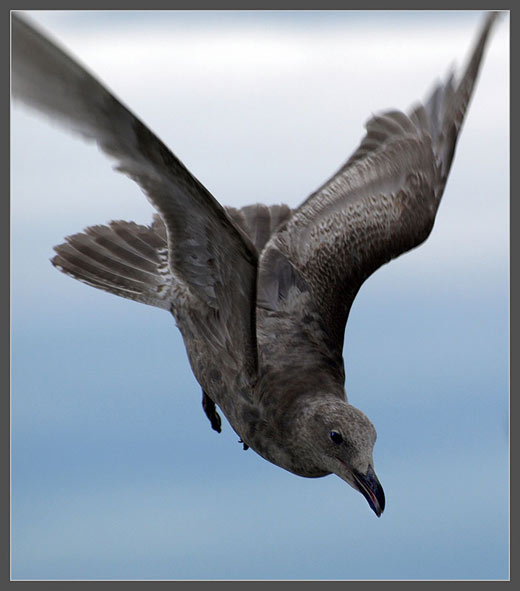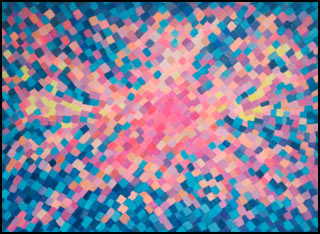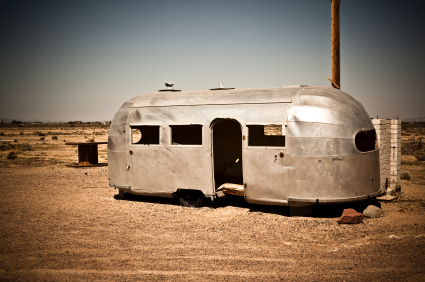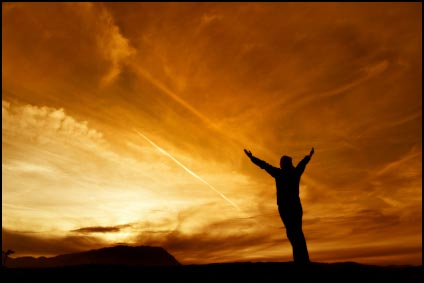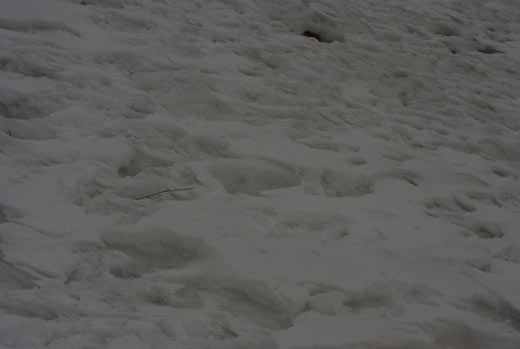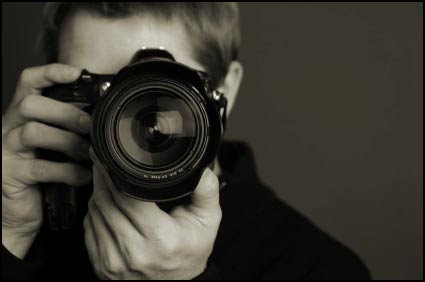Using Manual Mode on your camera… daunting to most newbie photographers, but a gem once you know how to use it.
Many newbie photographers steer clear away from Manual mode, and Opt for Automatic mode instead.‚ Full ‘Auto’ mode chooses everything from your ISO, to your shutter speed and aperture including whether or not a flash should be used. So really, it gives you a safety net to assure you can grab that shot without muffing it up. That said, the shot you end up with is based on the CAMERA’s choices not the photographer’s choices.
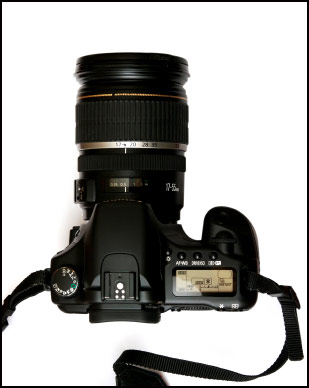
![]()
Manual mode however allows you to set both your aperture and shutter speed separately, without the camera automatically changing the other to suit. With this in mind, you can be more creative with your shots, and in turn, you can better understand how to get that perfect shot.
Manual mode seems to take more time then, right? Right.
But as a result, it forces you to THINK about your subject at hand, learn about light, shutter speed, depth of field and work at perfecting your shot and your craft.

